Whenever you spot a beautiful picture and wonder about its beauty, know that there are a lot of detailed techniques involved to make it look that way and to make a picture tell a story. Framing in photography is one such technique; it draws the eyes of the viewer right to the subject and creates visual interest to make your photographs look visually appealing.
Framing is an essential part of all types of photography, be it landscape, abstract, or portrait. If you want to be a good photographer and take good images, this easy technique helps you improve your skills.
To understand this concept better, let’s talk about the types and examples of framing in photography.
What is Framing in Photography?
Framing is a defining border of a photograph that surrounds the main subject to highlight it. A frame excludes the things and details that do not work or the things that clutter the picture and distract the viewer’s attention from the subject. Framing is choosing your shot consciously. Consider the position of the subject in the picture, the light, and the elements before clicking it to create a frame. Different types of frames can be used for framing in photography; let’s understand each of them.
Techniques to Frame a Photograph
1. Use Architectural Designs
Building or Building elements are the easiest way to frame a photograph. You can use doorways, arches, or windows to provide an instantaneous focus on the object. Here is one of the classic examples of framing in photography using architectural design, where an arched way is used to highlight the great building of Big Ben in front. The beautiful contrast of concrete and the blue open sky and the perfect symmetry of this picture makes it even more interesting.
2. Use Natural Elements
Elements in nature provide the framing of a photograph in a very organic way. Branches of a tree, mountains, sandstone, anything can be used to direct the eye of the viewer to the subject. You can use almost anything, but it takes a lot of practice, patience, and experience to develop the art of picking up the best elements to frame your pictures. Here, the trees make a perfect triangular frame that takes the eye directly to the man and then to the mountains above.
3. Use Geometric Shapes
Geometric shapes can be used for framing in photography. Circles, squares, and triangles, which are present around us in various forms. A window, a tunnel, or a wall can be anything. The Angle at which the shot is taken is also very important when you are playing around with shapes. In this example, the spiral staircase creates interest and slowly takes the viewer’s attention to the center of the image and to what is featured inside the circle.
4. Play with Light and Shadows
It is not necessary to use a structural object to frame your picture; use more abstract things like a combination of light and shadow to frame your subject. Use shadows to darken the space around the subject and light to make your subject look bright. The same technique can also be used reversibly when the frame is bright and the subject is dark. Manipulate light according to your judgment to highlight the subject; your angle also plays an important role while playing with light and shadows.
Why Use Framing in Photography?
- The first and foremost reason to use framing in photography is to draw attention to the subject by keeping it in focus.
- The framework is a leading line that moves the eyes of the viewer to the subject.
- Frames help you to create a mood for your photograph, and you can use different types of framing to do that.
- To remove the clutter from your picture and remove the details that draw the viewer’s attention from the subject.
- To tell a story. If you look at some of the best use of framing in photography, you will find an artistic angle it that gives depth to the image and tells you that there is so much more to this picture than what you see.
Pro Tips on Framing in Photography
- First, decide on a subject and then its frame. Do not give more importance to the frame than the subject. If you do so, your photograph will tell a different story than you want it.
- The framing of a photograph does not necessarily need to go all around the subject. Some of the best-framed shots only have one or two sides of the frame.
- If you spot an interesting subject, do not go near it to capture it. Rather, back a step up and look around for the best angle of the frame before shooting.
- Do not over-clutter the image with your frame because the purpose of framing the photograph is to define the subject by eliminating the clutter, and not otherwise.
- Think with the perspective of a viewer when you frame a subject and think of the story you want to portray.
- Do not overuse or overstuff the technique; follow the natural flow and your gut instincts. Some of the best shots come that way.
Conclusion
So, the basic rule of framing in photography is to create a frame around the outside edge of the image, which works as a foreground between the camera and the subject. If you are at a learning stage, have patience and practice.
Developing an eye for perfect frames, angles, and shots may take time, as it comes with experience, unless you are a natural!
With advanced technology, AI, and editing, you can reframe your shots but do not rely on it because the foundation of an image is laid exactly when you click it.

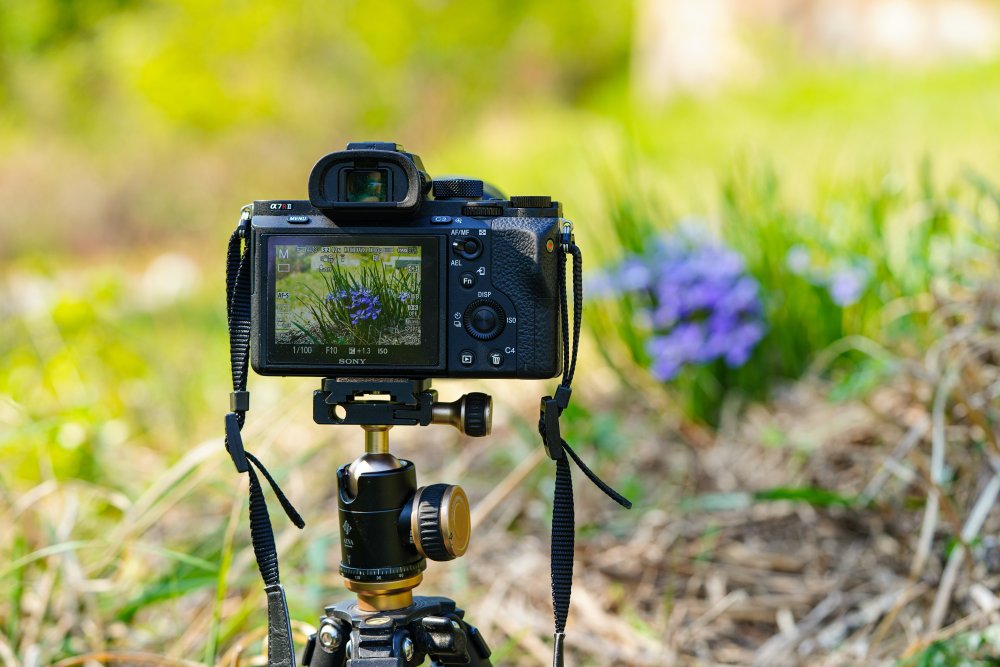
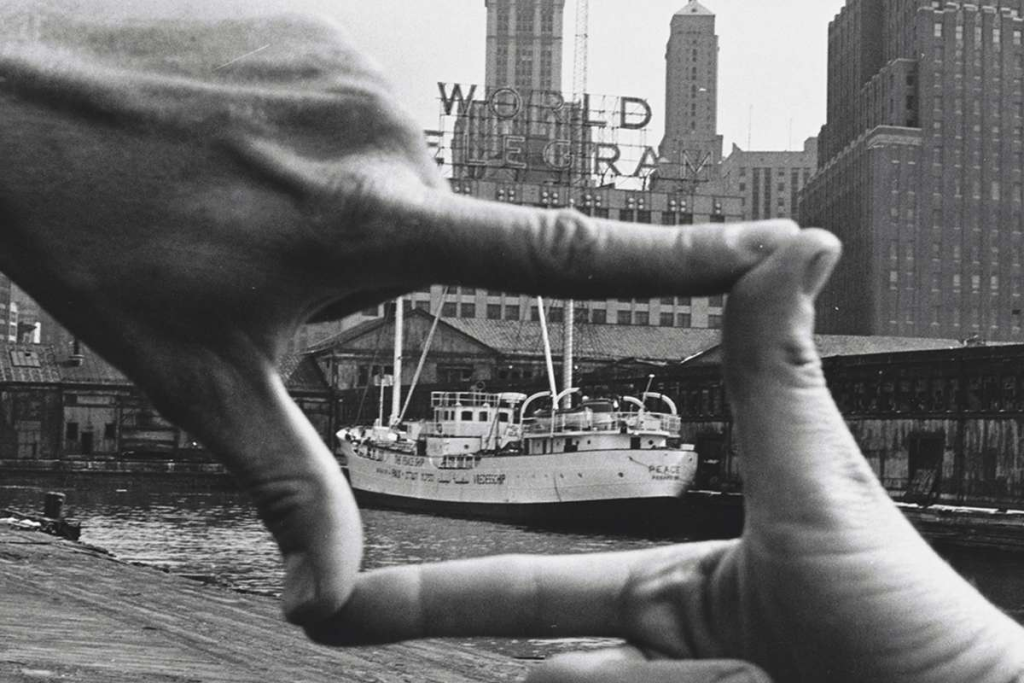
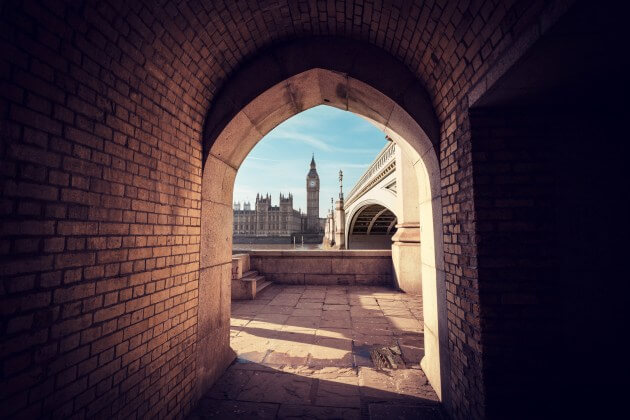


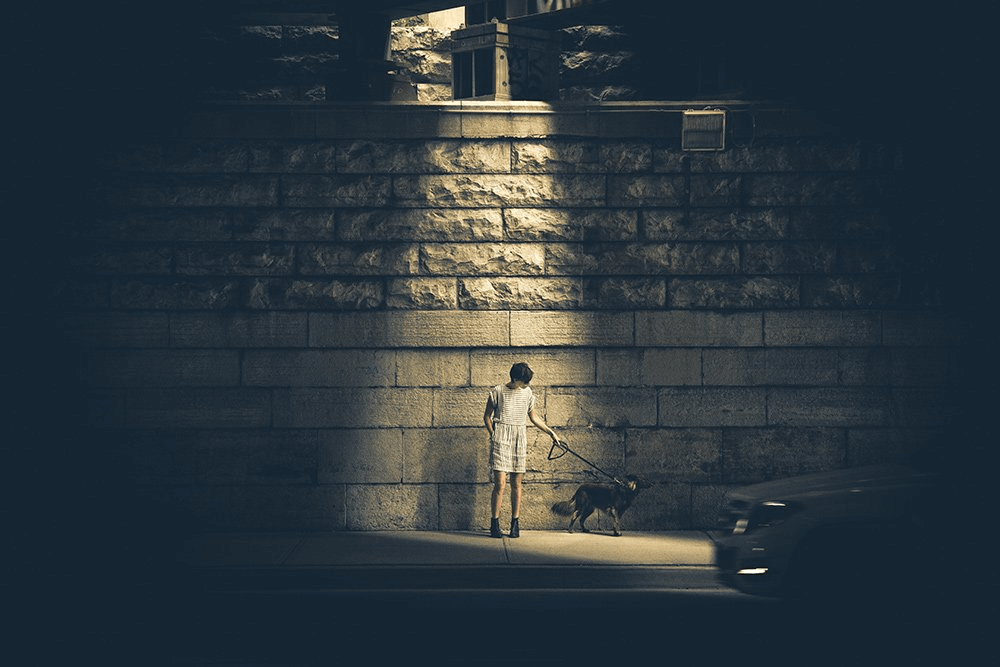
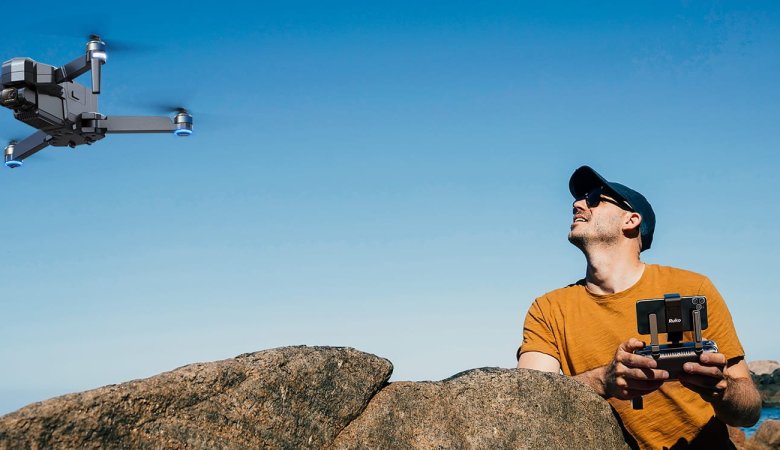

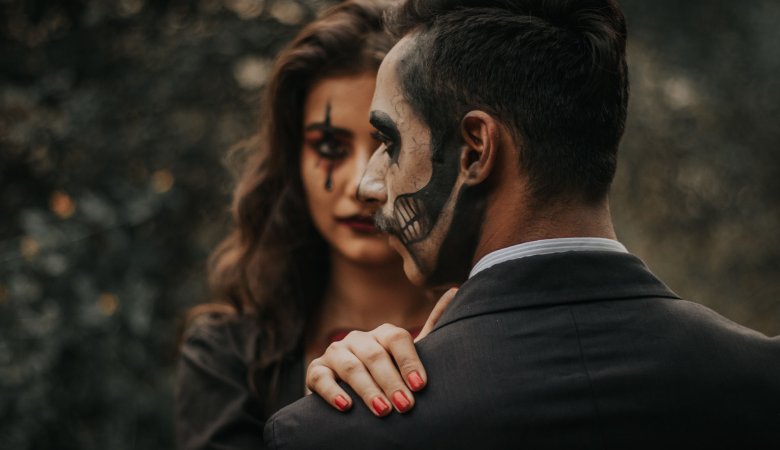

Leave a Reply